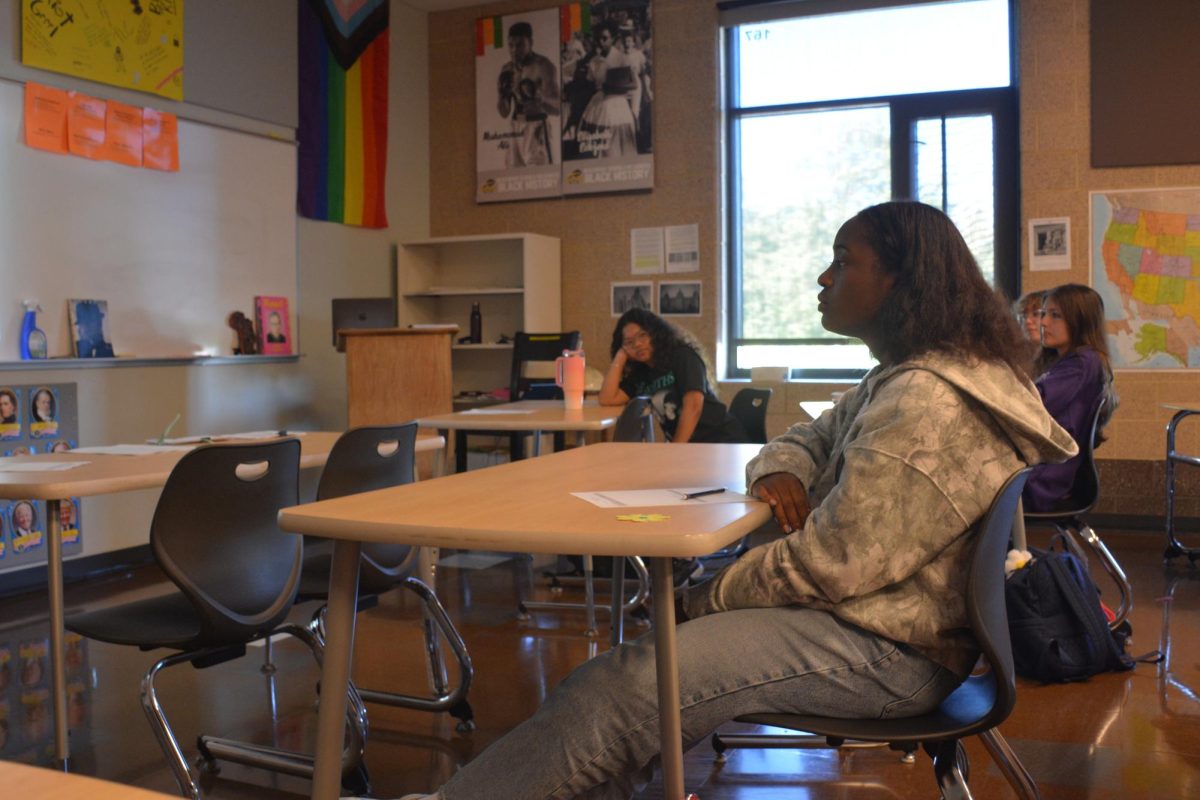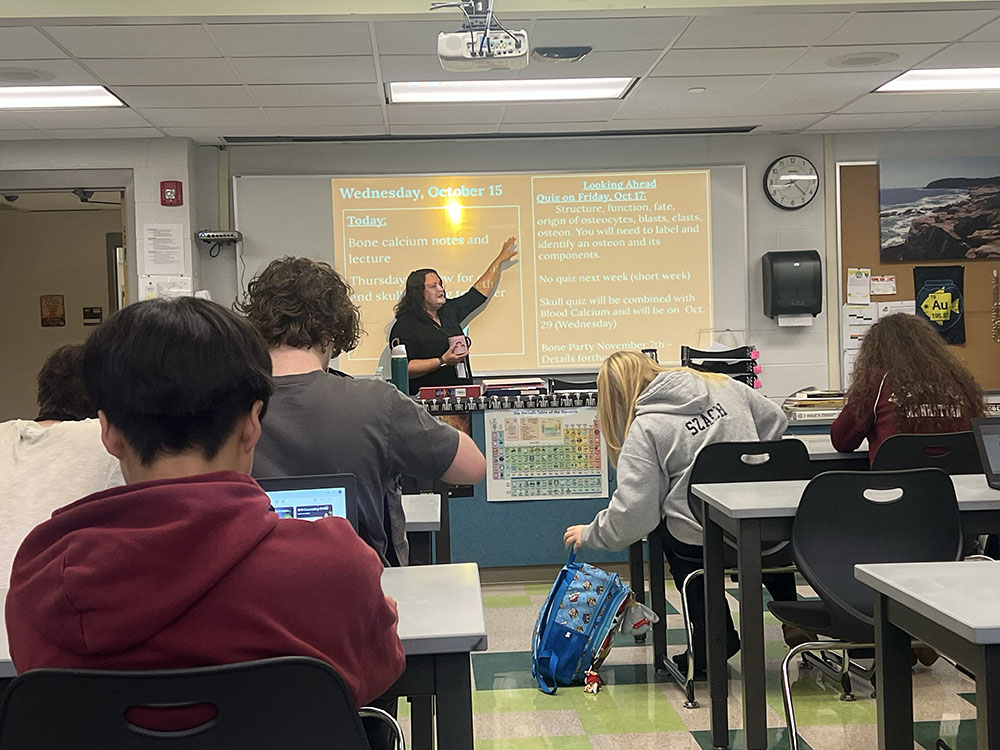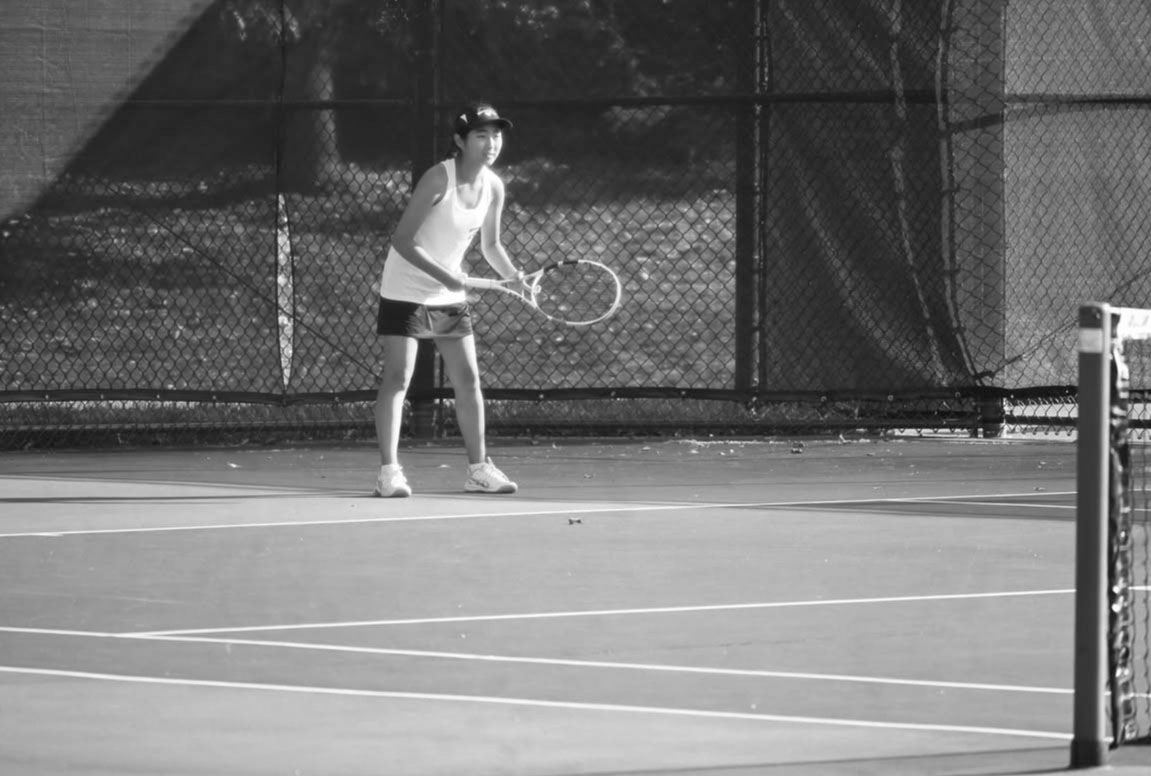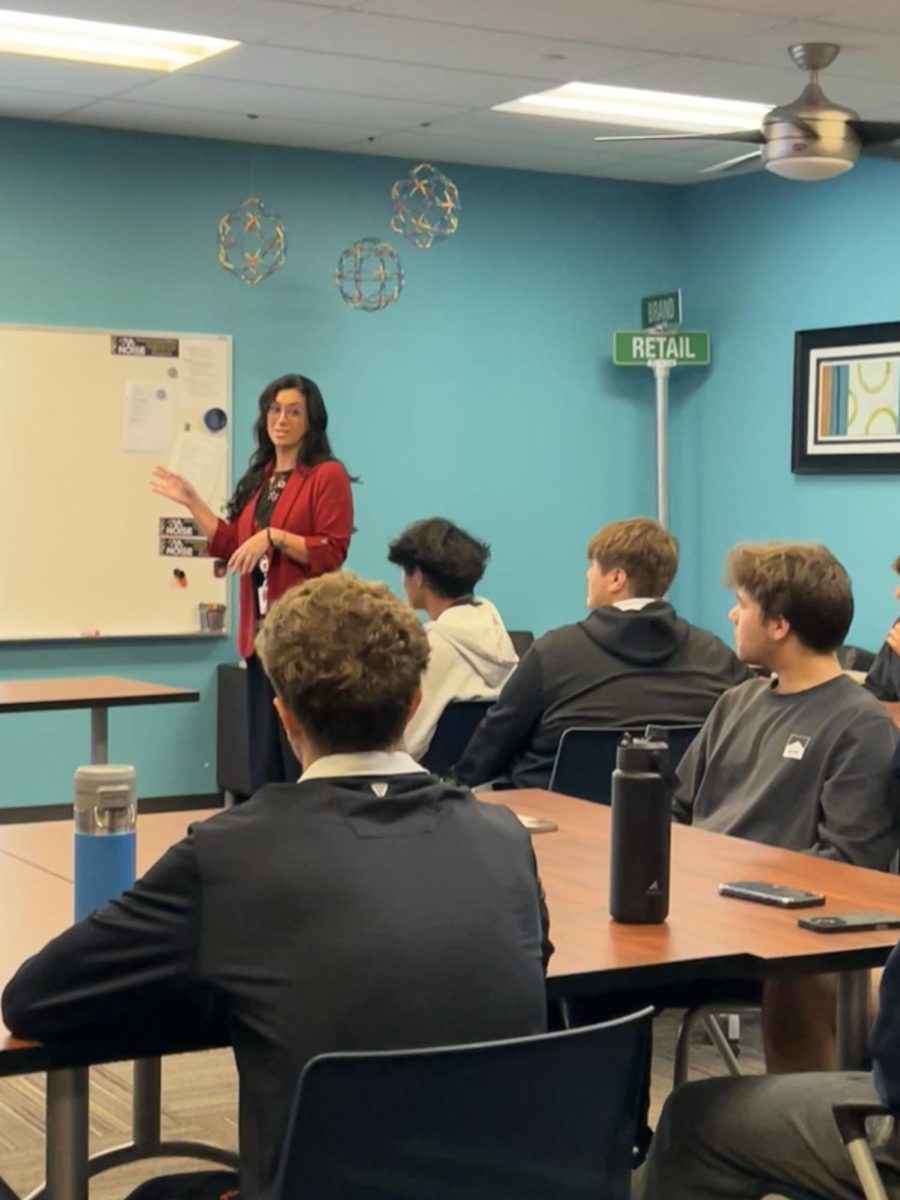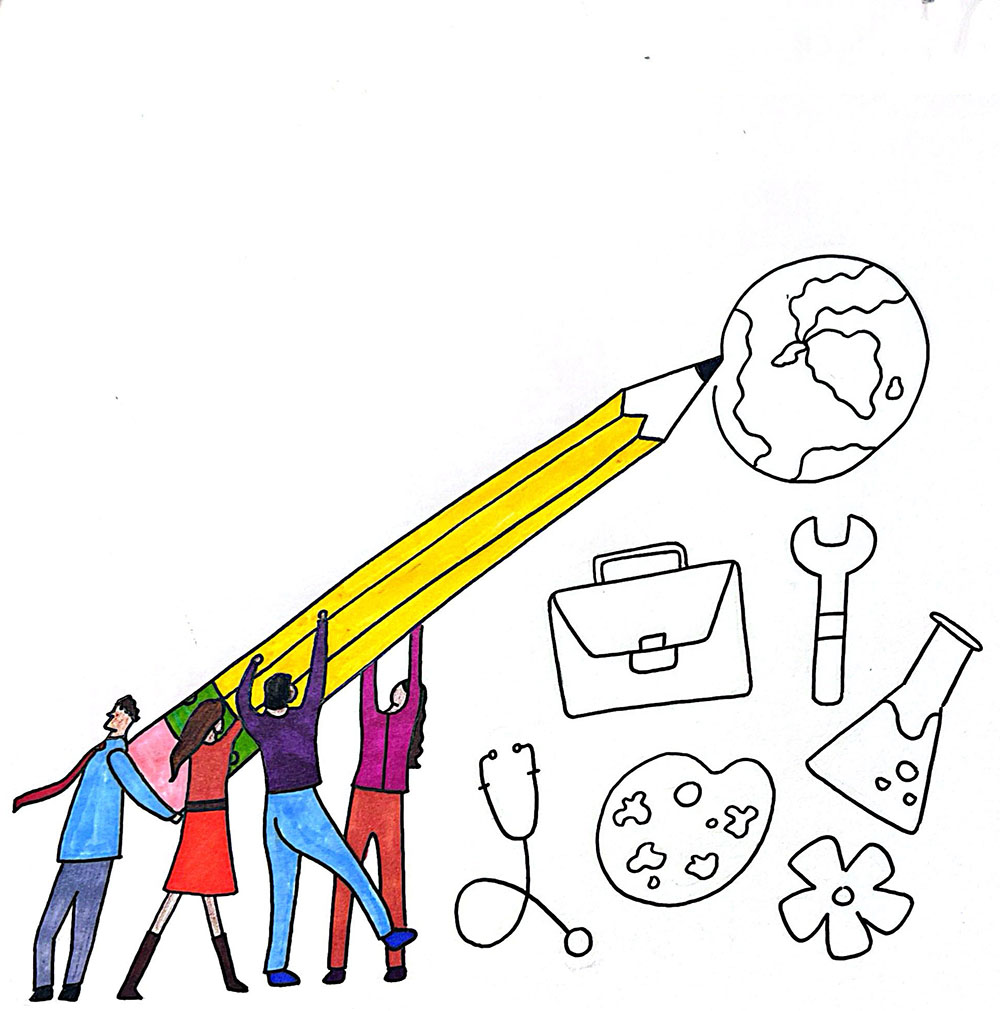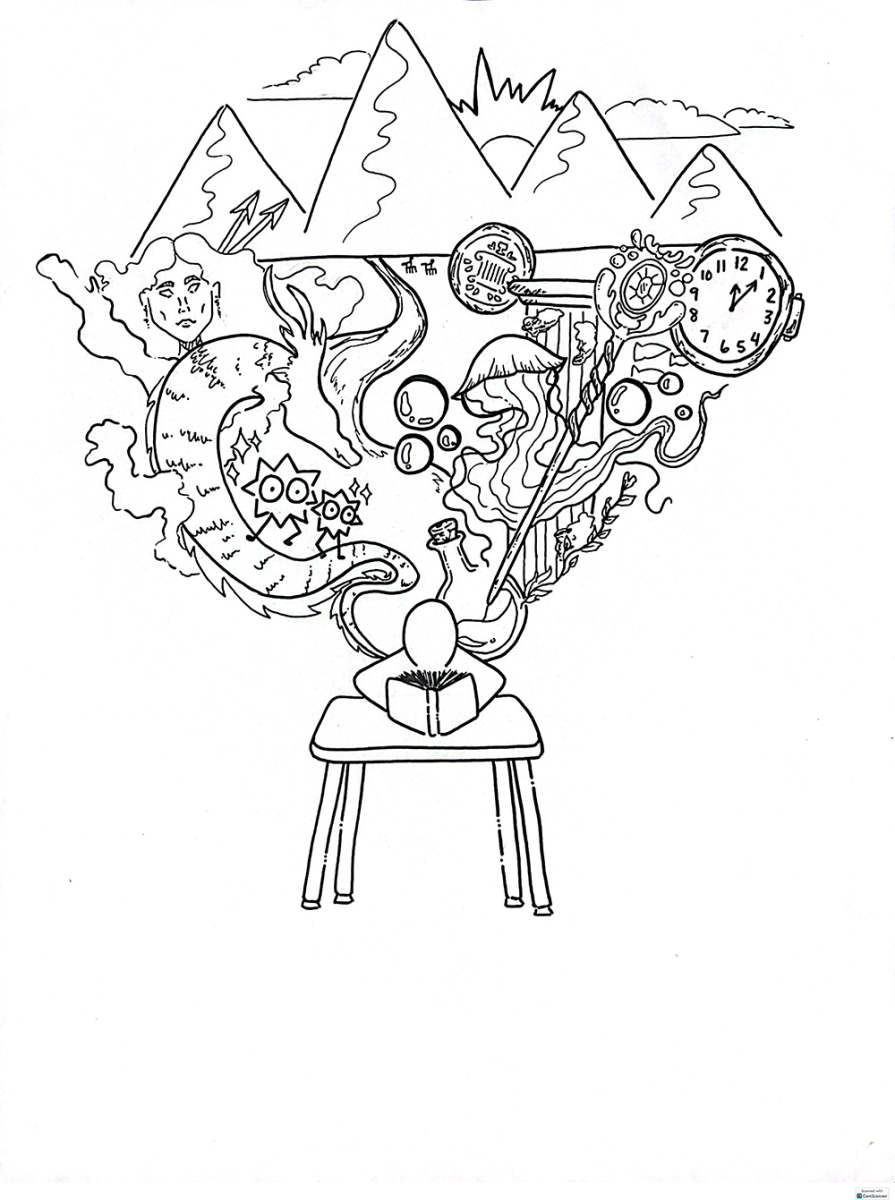Senior Radha Pareek opened the InnovAsians event April 9 in the BHS auditorium with a message of mutual respect.
“In uncertainty, what remains certain is our common human bond,” she said. “So from the bottom of our hearts, we say namaste.”
According to junior Ida Chang, who with Pareek serves on the AAPI club’s executive board, the event celebrated the achievements of Asian artists and musicians who have made a tangible impact in their fields.
“The whole concept of InnovAsians was to highlight innovators from Asian cultures who have achieved success in artistic areas,” she said.
The event drew students, faculty, families and members of the Cleveland AAPI community.
The 90-minute program featured a panel moderated by brand strategist Jing Lauengco, student artist presentations, performances from musicians and a closing dance.
Elementary school students from Bryden and Hilltop contributed to the atmosphere with an art installation of over 600 paper flowers, representing their own cultures and creativity.
Following opening remarks, guests were invited to witness the lighting of the diyā, a traditional oil lamp that symbolizes light overcoming darkness and wisdom triumphing over ignorance.
Dr. Donna Lee (pianist) and Daniel Gilbert (clarinetist) opened with two musical pieces: Ox Tail Dance by Chung Yiu-kwong and Arabesque by Germaine Tailleferre.
The centerpiece of the evening was a panel discussion featuring four AAPI creatives who are reshaping Cleveland’s cultural landscape: Jenika May Gonzales, Aimon Ali, Grace Chin and Nithya Kasibhatla.
Following the panel, the event provided a variety of food and refreshments from AAPI cultures. Attendees enjoyed naan and paneer, sushi, custard tarts, egg rolls and samosas, generously provided by local restaurants such as Choolaah, Imperial Wok and Silvana’s Kitchen.
Jenika May Gonzales, a Filipino-American graphic designer currently working at Ziff Davis and formerly the Art Director at Arhaus, spoke candidly about her path through college as well as the impostor syndrome she often faced as a woman of color in design.
“I didn’t finish a four-year degree,” she said. “I felt like I wasn’t supposed to be in the room, but I learned to embody the roles I’ve been privileged to have.”
Gonzales now works with Resource CLE, where she uses design to tell community-centered stories, such as the “You Mean the World” campaign highlighting immigrant narratives in Cleveland.
When asked what advice she had for students pursuing creative fields, she told them to prioritize authenticity.
“Create more than you criticize or consume,” she said. “Get to know yourself and ask what you’re trying to communicate. That’s when your work becomes powerful.”
Aimon Ali, a Pakistani-Canadian entrepreneur and founder of Fashion Talks, shared her vision for inclusive representation in fashion.
“Growing up, I didn’t see spaces like this in Cleveland,” she said. “Now, we create them: runway shows featuring refugee designers, events that honor our roots and our communities.”
Her definition of disruption was simple.
“Disrupting means innovating,” she said. “It means seeing a problem and taking the step to change it.”
Ali also emphasized the importance of confidence.
“If you don’t believe in yourself, it’s hard in every aspect of life,” she said. “Don’t shrink yourself to fit spaces that weren’t made for you. Instead, build your own.”
Grace Chin, Executive Director of The Sculpture Center, discussed her work bringing public art into community spaces. Her current project aims to transform a parking lot into a vibrant gathering space using playful seating and murals co-created by local artists and residents.
“The goal is to build something with the community, not for them,” she said. “Public art should reflect shared stories.”
Chin also offered a reminder to students:
“Be gentle with yourself,” she said. “Negative self-talk can be so damaging. Not everything will happen overnight, but that doesn’t mean it’s not worth doing.”
Nithya Kasibhatla, a classical Indian dancer and medical student at Ohio State University, shared how her heritage shaped both her academic and artistic pursuits.
She recalled a moment of affirmation when a teacher attended one of her performances.
“The way she looked at me, I realized I had value in both spaces,” Kasibhatla said.
She also emphasized the importance of staying grounded in what you love.
“I just try to focus on what I can control and continue doing what brings me joy,” she said.
She closed the night with a performance of Alokaye Sri Balakrishnan, a dance drawing from Hindu traditions and storytelling. Through vibrant expressions and powerful movement, her performance depicted the Hindu god Krishna.
While the speakers enjoyed the experience, the turnout of students was lower than expected.
“It was a great opportunity for students to connect with professionals and learn new opportunities, but not as many students showed up”, Chang said.
Despite the smaller crowd, Chang is hopeful that next year’s event will become a networking opportunity for all students who participate. Overall, Chang describes the event as meaningful.
“[It was] a wonderful experience seeing diverse cultures interacting with each other and blooming into bigger cultural ideas,” she said.
Junior Mattie Spaller enjoyed the event.
“It was really inspiring to see how one person can represent so many parts of a story,” she said, referring to Kasibhatla’s performance.
“I truly felt the essence of the story,” she added. “I love the diversity this event brings to the community.”
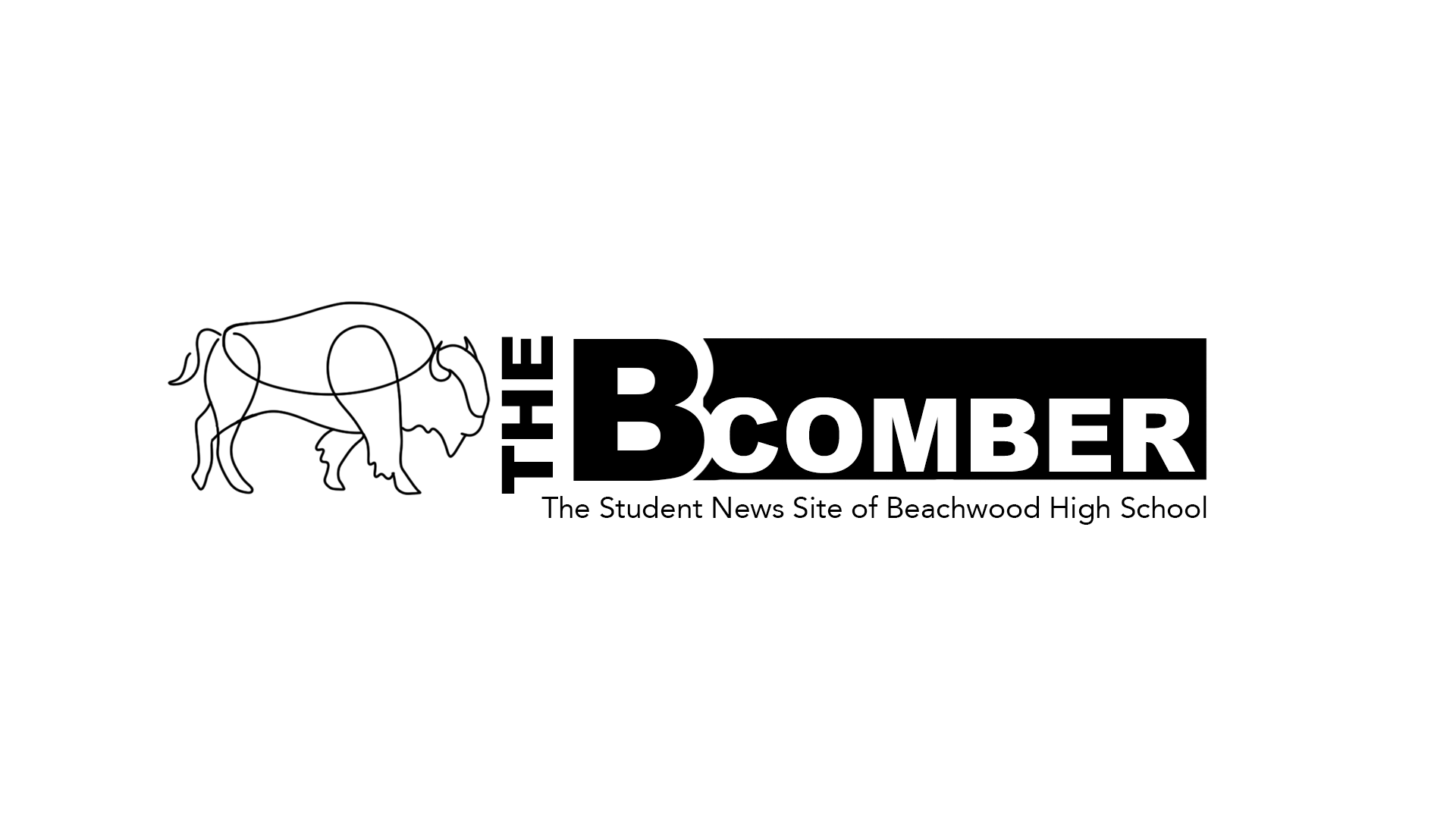

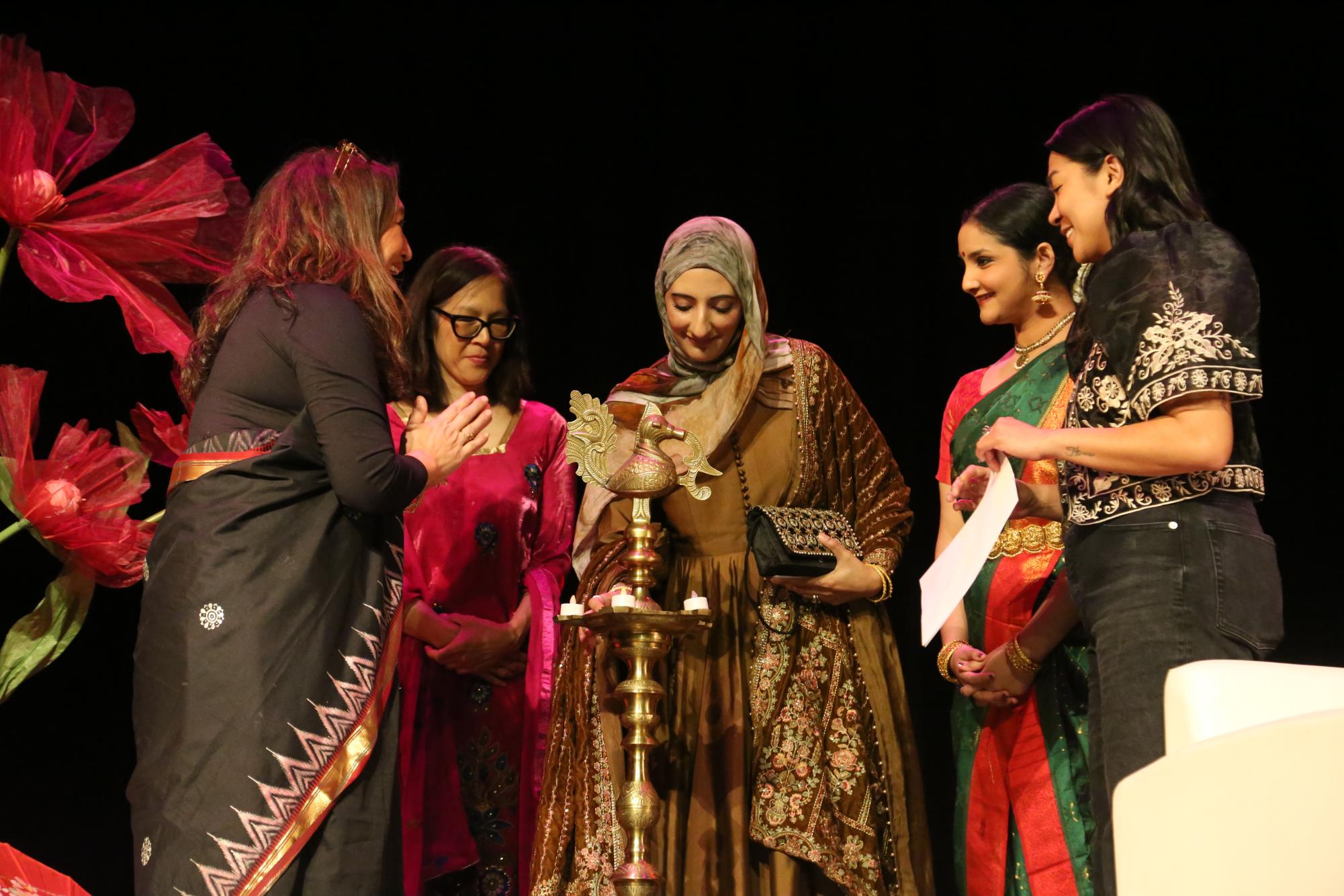
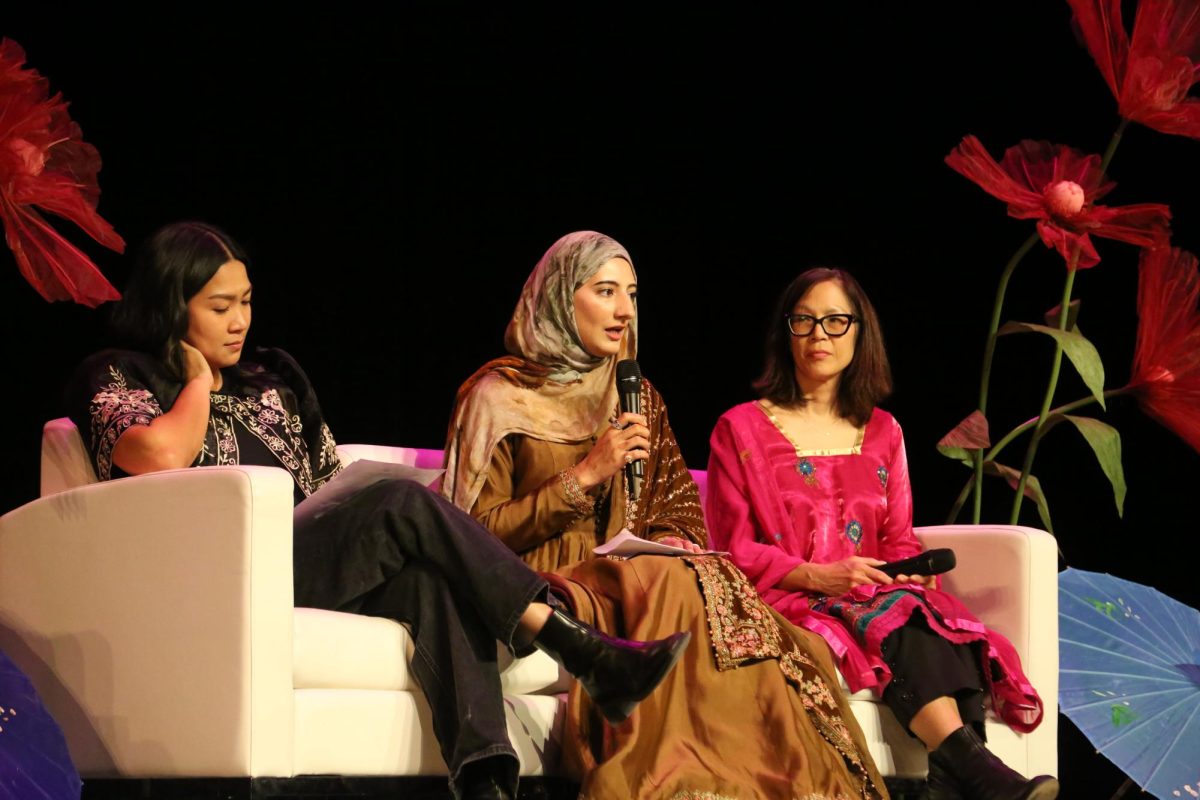
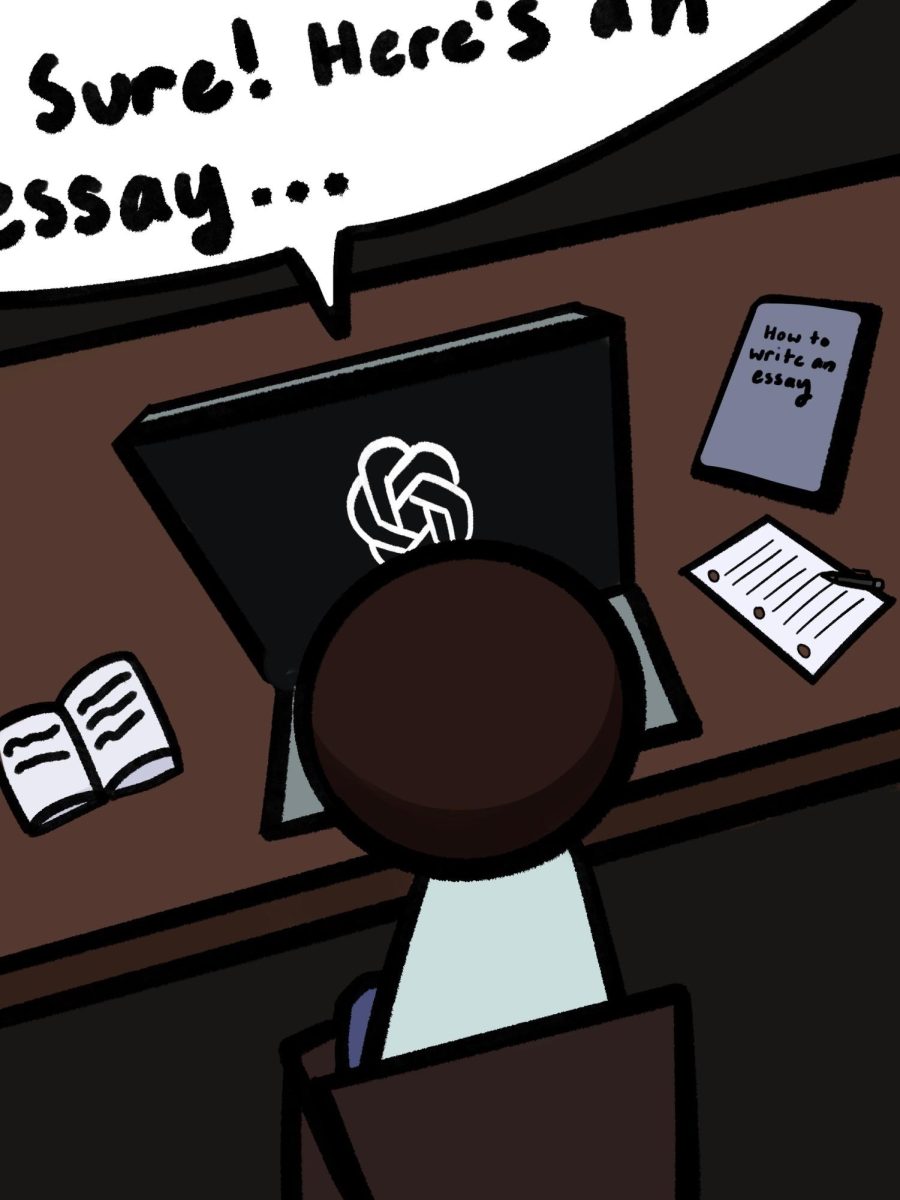
![“My parents have always said that education is important. My parents are Chinese immigrants, I'm Chinese American, [and that's a] value that has always been ingrained in our community,” said Senior Lyndia Zheng, pictured with Tony Zheng](https://bcomber.org/wp-content/uploads/2025/10/DSC_4244.jpg)


